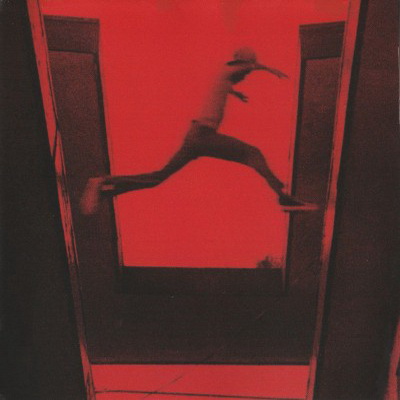
More message-oriented and with a looser, funkier delivery than Minnesota, Preservation meets him at the middle with a bass-driven conception that’s touched with studio-echo. This is quickly in evidence with the next track “Freedom is Everybody’s Job,” which brings Yasiin Bey to the mic. “Code Noir” furnishes a fine opener, but one of Old Numbers notable qualities lies in how it includes a diversity of MC approaches in detailing the vision of its creator. This is followed by “Code Noir,” which features Minnesota from the Bronx group Money Boss Players on the microphone.Īnd he sounds first-rate here, extemporizing fluidly on a streetwise theme, the music alternating a snaky guitar figure with a lush surge of ‘70s R&B strings as a sturdy beat propels it all forward, the track acquiring a natural energy. The conciseness of “6th Intro,” beginning with a staple hip-hop element in vinyl surface-noise but also including a tidy taste of hand drums and a slyly-looped band groove, provides an indication of what’s in store. Or to put it another way, Old Numbers doesn’t just borrow soulfulness to spice-up an already funky stew, it’s legitimately soulful itself (and funky as well, though it strives for elevated flow rather than an atmosphere of the hectic.) It all shapes up to detail an impressive versatility on Preservation’s part, but the portion of his background that seems immediately related to Old Numbers’ sonic personality is his work with Scott-Heron, Bartz, and Otis.įor as the record unfolds, it presents an engagement with the reassembling of prerecorded sound, and with musical history in general, that cuts a bit deeper than the average crate-digger. But in addition to contributing to five tracks on Lord Jamar’s The 5% Album, he’s worked live with such important figures as poet-activist Gil Scott-Heron, jazz saxophonist Gary Bartz, and progressive soul-man Shuggie Otis.Īdded to the resume are appearances with Yasiin Bey (the former Mos Def) and a 20-piece orchestra at both The Kennedy Center and Carnegie Hall, along with providing the music for select videos from the fine art concern Christie’s Auction House. Preservation’s skills as DJ have hit the spotlight most prominently on the Mos Def albums True Magic and The Ecstatic and the Wu-Tang Clan’s Wu-Tang Meets the Indie Culture. Intrigued by this heightened connection, I promptly gave Old Numbers a listen, and what I found was a complimentary aesthetic strategy on the part of both.

Reading up on Preservation’s background, I discovered that he’d served as the opening DJ for, you guessed it, the Preservation Hall Jazz Band. Initially just a mild quirk, but after sending off my PHJB piece the happenstance grew considerably.

Upon opening my email to submit a review of the Preservation Hall Jazz Band’s very strong new album That’s It!, my inbox flooded with messages, and the subject line for one stuck out, being a notice for Old Numbers, the first solo album from the DJ known as Preservation. Released on Preservation’s own label Mon Dieu Music, the record connects as substantially out of step with current trends in hip-hop, preferring instead to expand upon the progressions of the form’s ‘90s heyday, and this sensibility works very much to its advantage.Ĭoincidence can occasionally bloom into something more, acquiring a deeper resonance that the novelists Thomas Wolfe and William Gaddis eloquently described in their writings as the “unswerving punctuality of chance.” Take just last week for instance. But he also has some quite interesting additional credits in his background, and they help to shed positive illumination upon his first solo full-length Old Numbers.

NY/NJ DJ Preservation has been active for two decades, and up to 2013 he’s been most notable for collaborating with Mos Def and the Wu-Tang Clan.


 0 kommentar(er)
0 kommentar(er)
